Description
GE F650-G-N-A-B-F-2-G-1-HI-C-E Protection Relay Module
Protecting industrial power systems from electrical faults isn’t just about preventing downtime – it’s about keeping entire operations safe. The GE F650-G-N-A-B-F-2-G-1-HI-C-E relay module does exactly that, combining precision engineering with modern connectivity for critical energy management applications.
| Manufacturer | General Electric (GE) |
| Order Number | F650-G-N-A-B-F-2-G-1-HI-C-E |
| Series | F650 Series |
| Operating Voltage | 120-240 V AC/DC |
| Output Frequency | 50/60 Hz |
| Communication Interface | Ethernet, RS485 |
| Weight | 1.5 kg |
| Operating Temperature | -25°C to +70°C |

When a technician in Texas needed to upgrade their aging substation protection system, they chose this exact model. Why? Because it handles everything from overcurrent detection to differential protection in environments ranging from arctic offshore platforms to desert mining operations. We’ve seen similar demand for GE’s F650 series across oil refineries, wind farms, and smart grid projects – particularly when paired with legacy GE protection systems like the older F60 series relays.
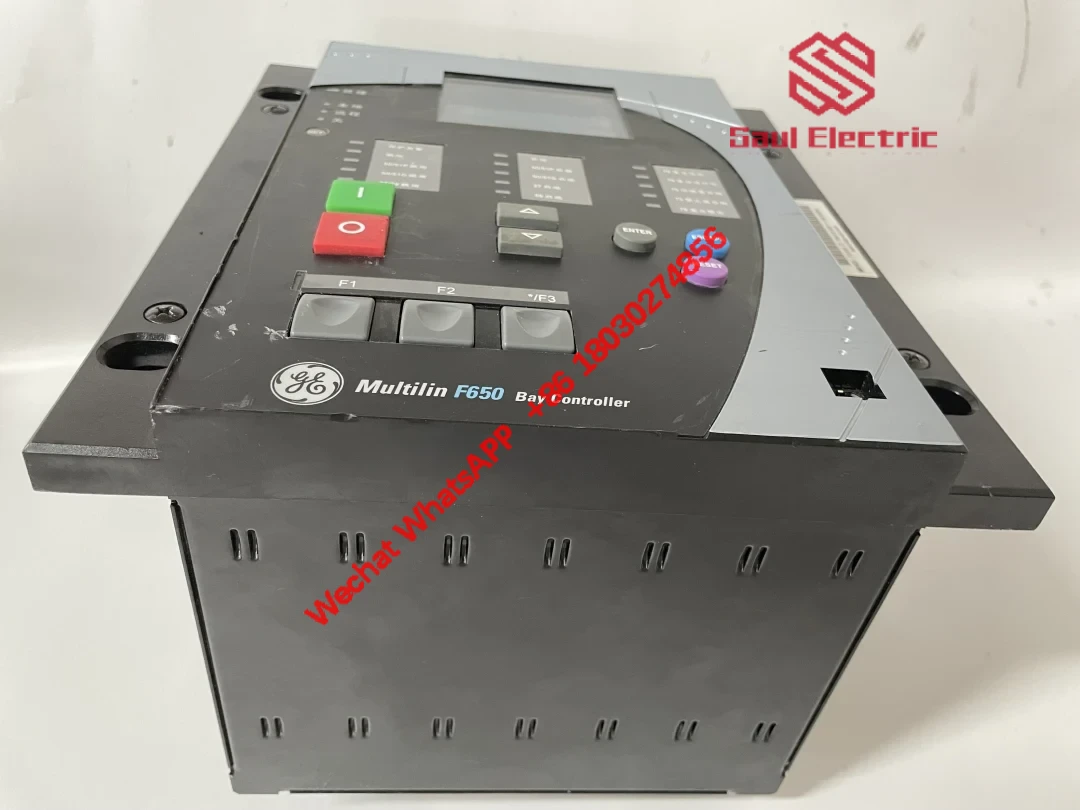
What makes this module stand out isn’t just the dual communication ports or the LED display that remains readable in direct sunlight – though those definitely help. The real value shows when integrating with SCADA systems; I’ve personally seen engineers save hours during commissioning thanks to the built-in Modbus RTU protocol. The conformal coating on circuit boards isn’t just a spec sheet feature either – a customer in Singapore recently told me how it prevented condensation damage during monsoon season.
Don’t mistake this for just another panel-mounted relay. Its modular architecture means you’re not locked into today’s configuration – one Midwest utility company upgraded their modules three years post-installation without replacing entire units. The -25°C to +70°C rating isn’t theoretical either; we’ve had multiple reports of units surviving extreme temperature swings in Siberian power plants and Middle Eastern desalination facilities.

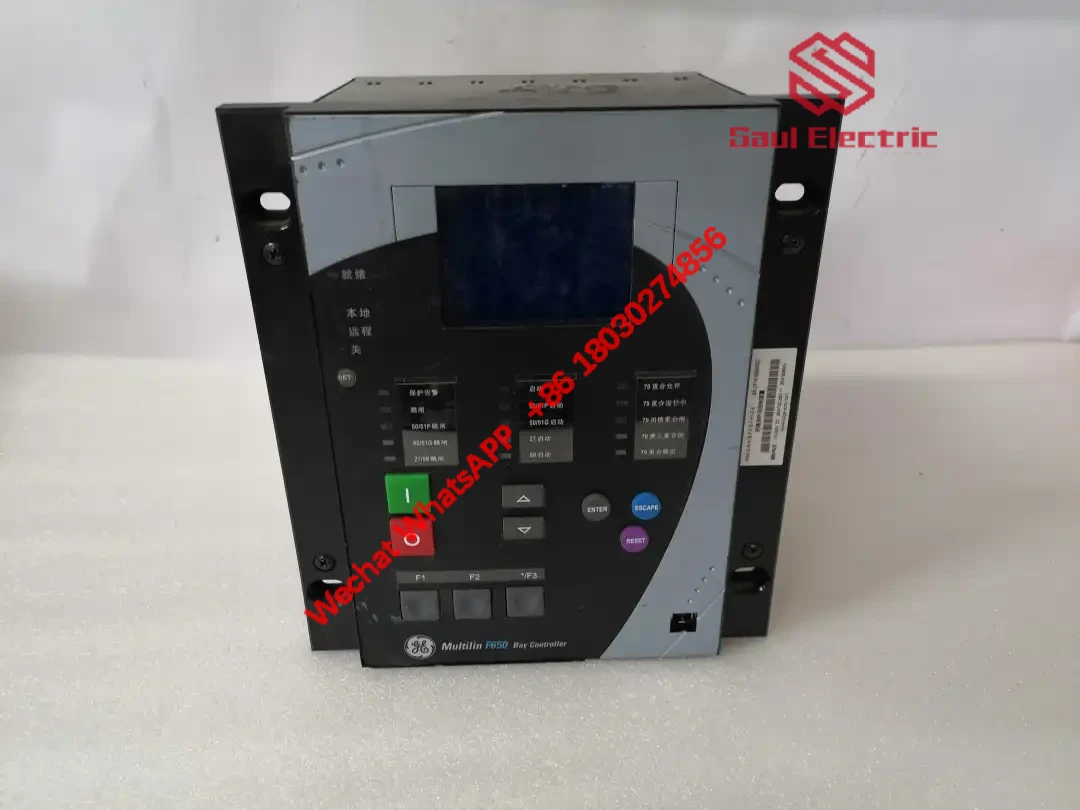

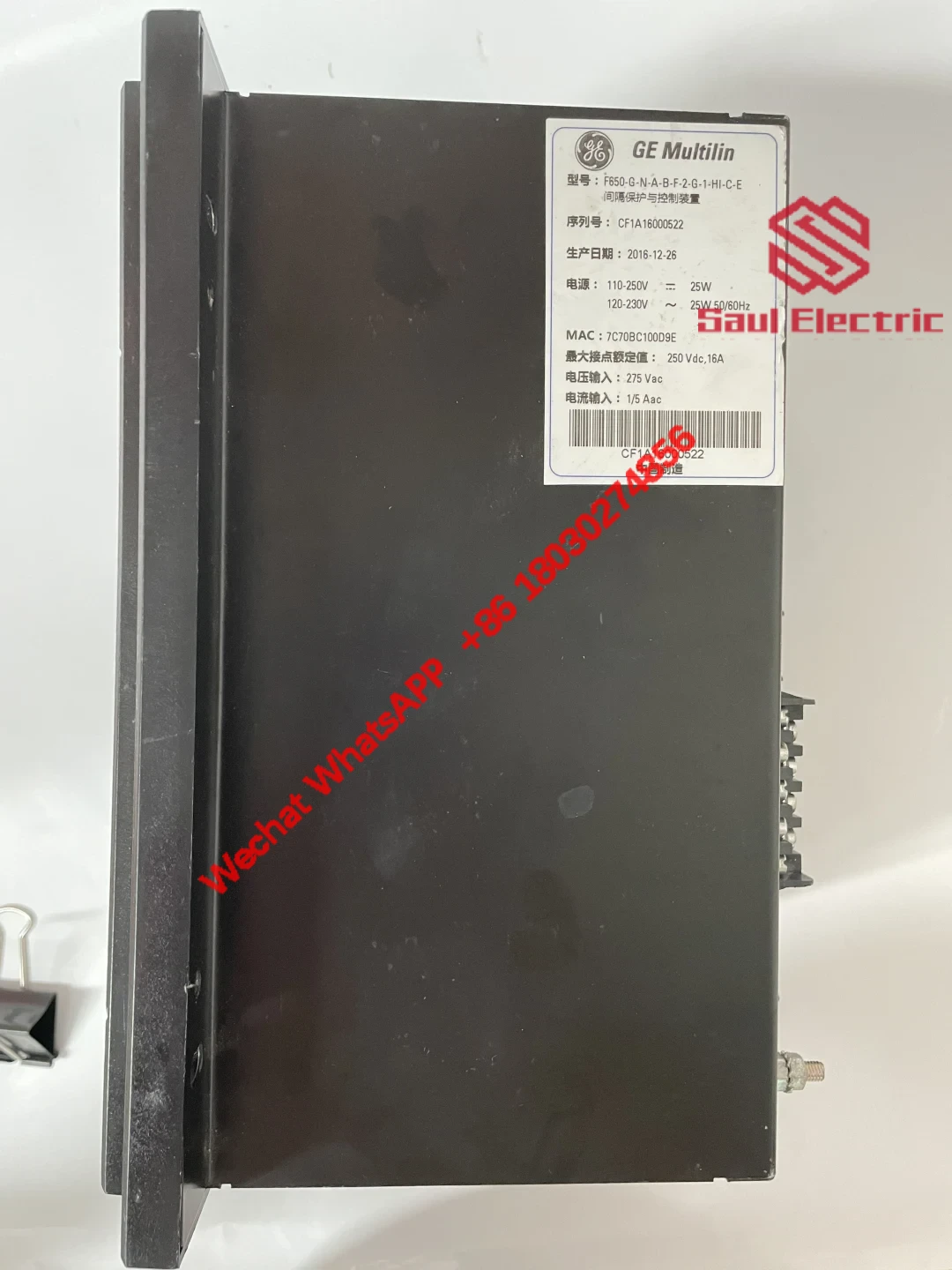
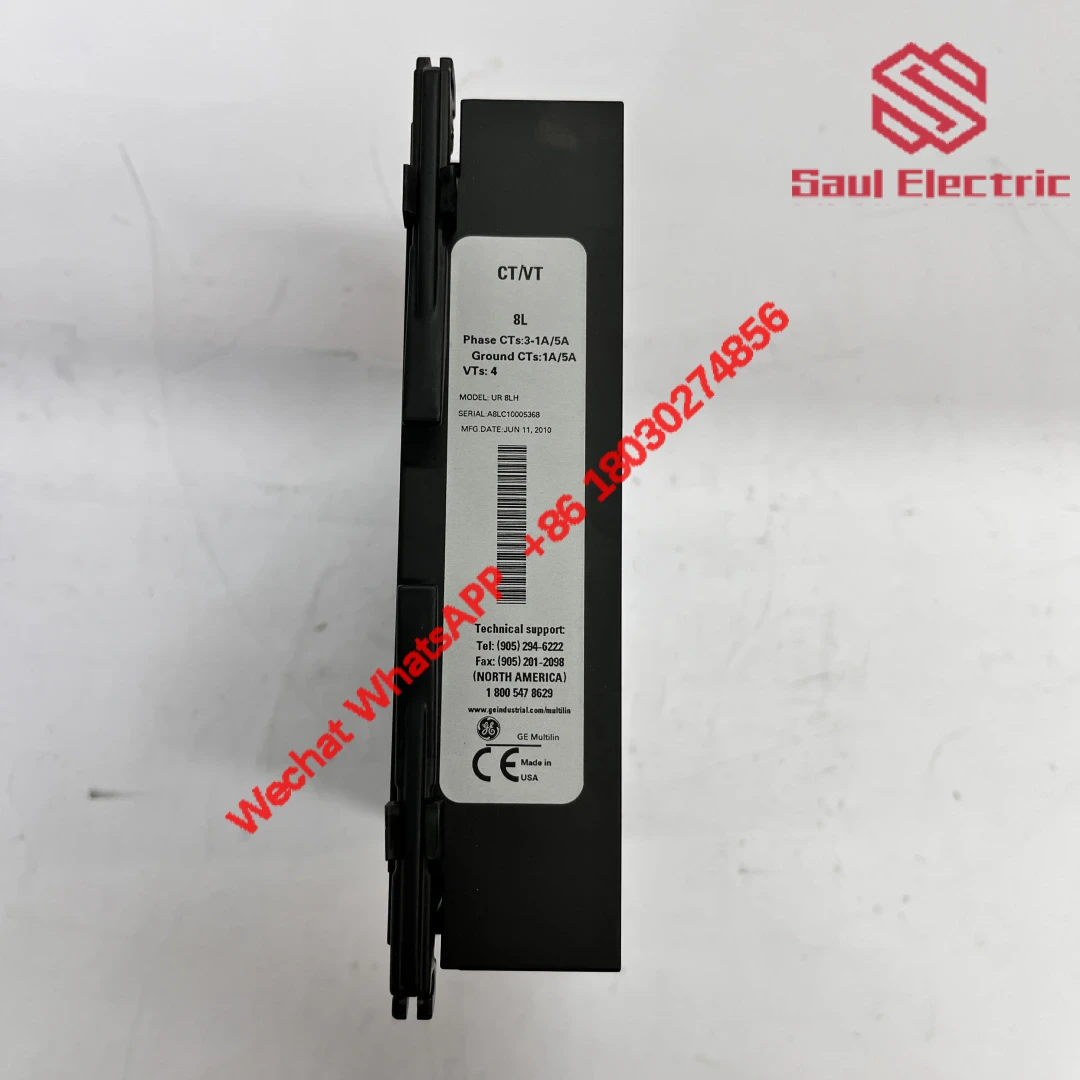
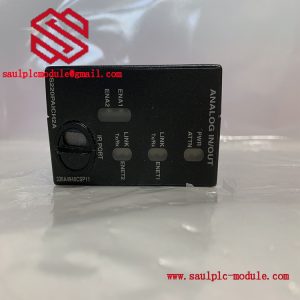
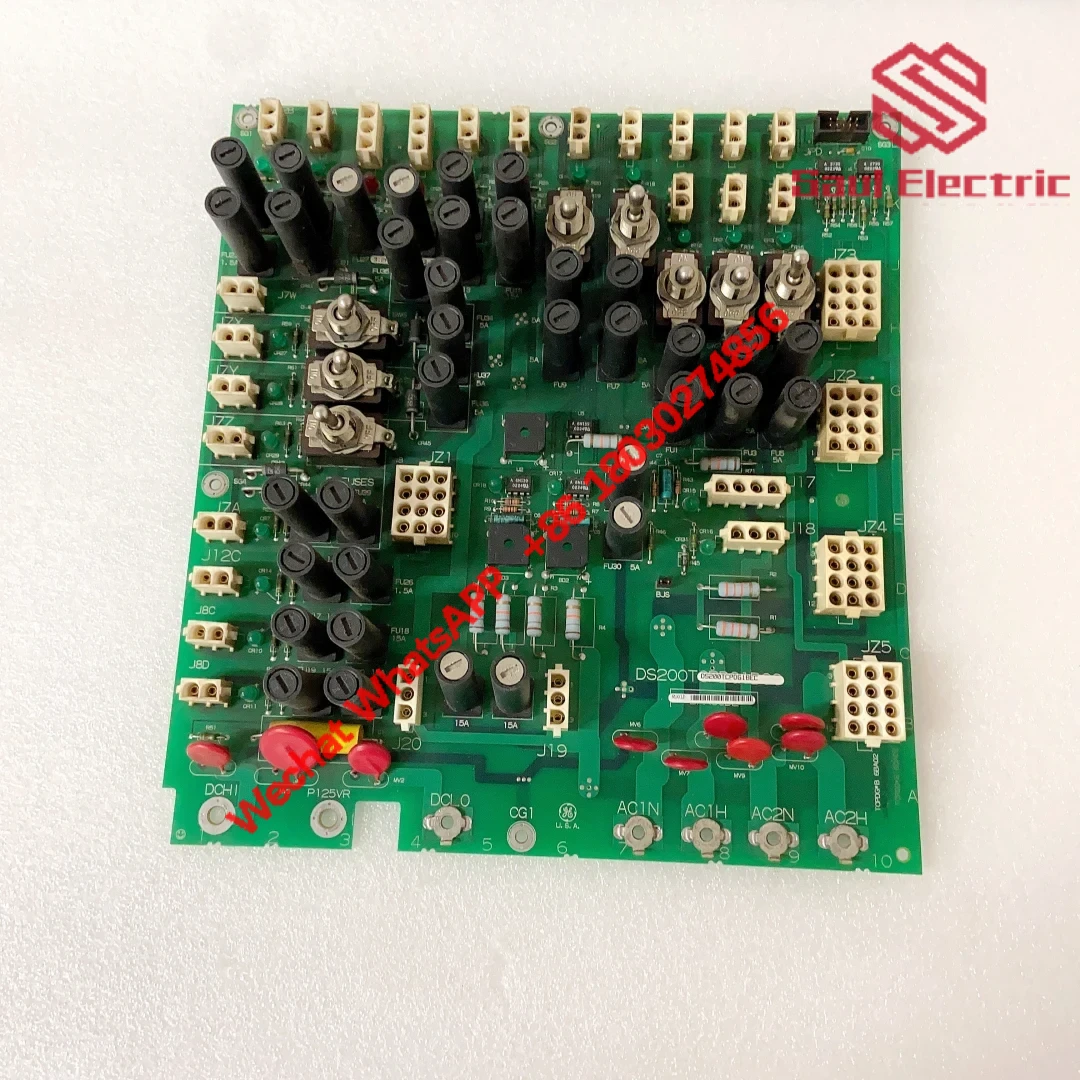
Reviews
There are no reviews yet.